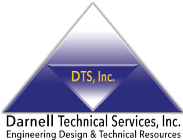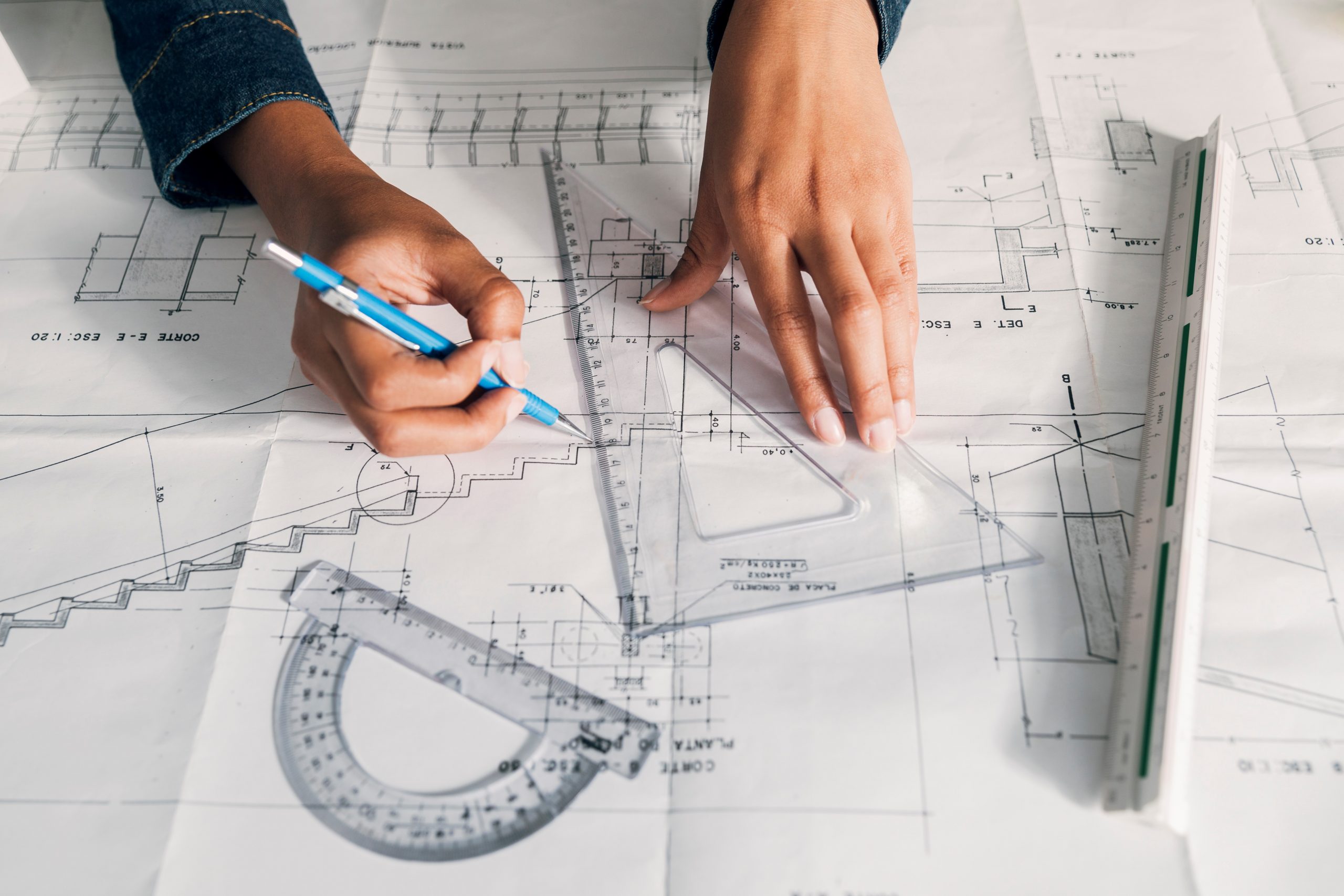In previous posts, we talked about how technical drawing is still a valuable skill for engineering designers. But what are the instruments used for technical drawing? In today’s post, we offer a list of some of the most common tools of the trade. Keep reading to learn more.
What Are the Instruments Used in Technical Drawing?
As we saw in a previous post, one of the ways in which technical drawing differs from artistic drawing is that while artistic drawing is open-ended, technical drawing has a precise set of requirements, including what instruments you must use.
Below is a list of some of the most common instruments used when creating technical drawings by hand, along with a brief review of technical drawing software.
Drawing Board
A flat, portable surface used to support a paper or drafting sheet during the drawing process. It is typically made of wood, plastic, or metal and is available in various sizes. Drawing boards may include a built-in parallel bar, which is a straight edge that runs along one side of the board and can be adjusted to create horizontal lines with precision.
Technical Drawing Pens
These pens feature a fine tip made of metal or plastic with a size ranging from 0.1mm to 1.0mm or larger. Some technical drawing pens are refillable, allowing for the replacement of the ink cartridge when it runs out.
Pencils
The pencils used for technical drawing differ in some ways from ordinary pencils. Technical drawing pencils have harder lead cores, which results in more precise lines while making the point of the pencil less likely to break. The most commonly used technical drawing pencils are labeled with a number and letter code, such as HB, H, and 2H.
Mechanical Pencils
Mechanical pencils provide the precision of technical drawing pencils without the need of sharpening. Mechanical pencils feature a retractable lead that is advanced through the pencil with the push of a button or a twist mechanism.
Ruler
This measuring tool is typically made of transparent plastic or metal and is used to create straight lines with precision. A T-square, a specialized ruler that incorporates a perpendicular edge, is also commonly used in technical drawing for creating horizontal and vertical lines.
Drafting Triangle
Drafting triangles (also known as set squares) are tools used in technical drawing to draw and measure angles. They are typically made of transparent plastic or metal and come in two different shapes: the 30-60-90 degree triangle and the 45-45-90 degree triangle.
Drafting Compass
This tool is used to create circles, arcs, or ellipses. It consists of two arms, one with a pointed end and the other with a pencil or pen attachment, connected by a hinge. The pointed end is placed at the center of the circle, and the other end is used to draw the circle with the desired radius.
Drafting Protractor
A flat, circular or semicircular device, usually made of plastic, with degree markings around the edge. The protractor is placed on the drawing surface, and the angle between two lines or the angle of a line relative to a reference line can be read off the degree markings, allowing drafters to create accurate drawings that require specific angles.
Technical Drawing Software
For the vast majority of engineering designers, creating technical drawings by hand is a thing of the past. In most professional contexts, technical drawings are created using specialized software. Some examples include
- AutoCAD: probably the world’s most popular software used for creating 2D and 3D technical drawings.
- DraftSight – a professional 2D CAD software used for creating detailed technical drawings and plans.
- SolidWorks – a 3D CAD software program used for creating detailed mechanical drawings and simulations.
About Darnell Technical
Darnell Technical Services is an engineering design firm with extensive experience in a vast array of projects. Our headquarters are located in Santa Ana, California, and we have an office in Las Vegas, Nevada.
Contact us today by telephone (714-285-0082 (CA), 702-945-2899 (NV)) or through our social media accounts on Facebook, Twitter, and LinkedIn to learn more about all the technical instruments and materials we put at your disposal.








